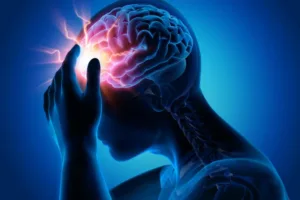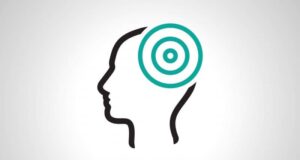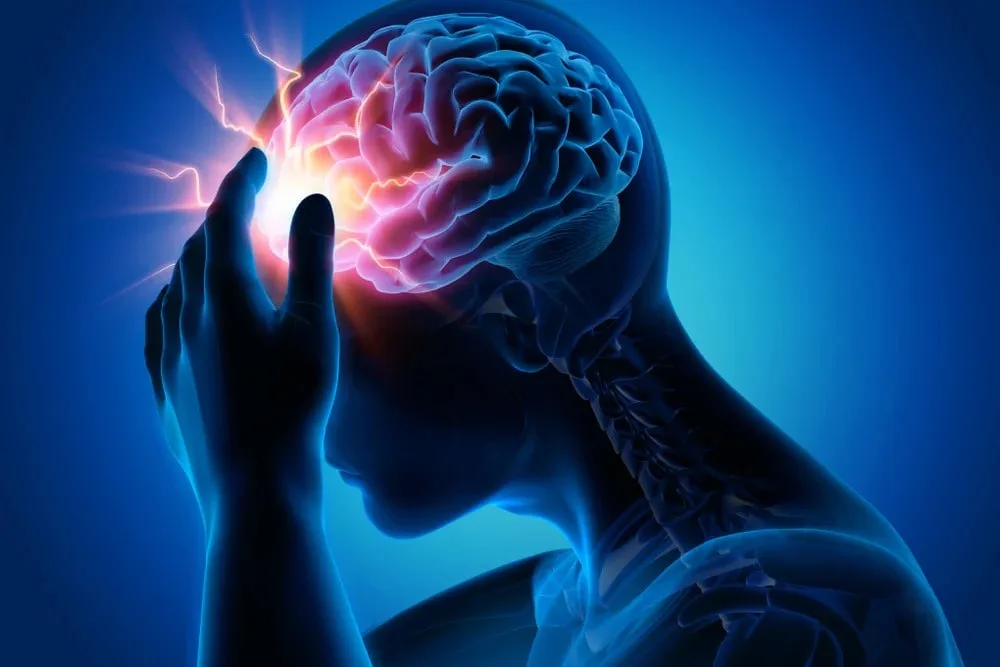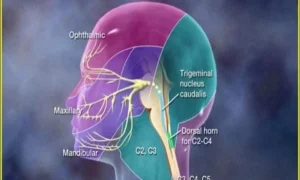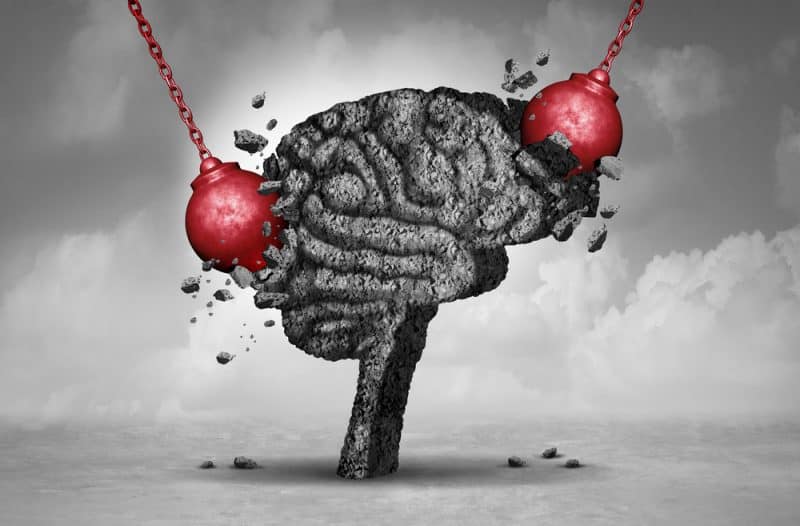What is post-concussion syndrome?
A concussion is a type of mild traumatic brain injury (TBI). It can occur after an impact to your head or after a whiplash-type injury that causes your head and brain to shake quickly. A concussion can result from a bump or blow to the head, or a hit to the body which causes the head to move abruptly back and forth.
Typically, the effects of a concussion are temporary. However, as many as 50% of individuals who had experienced a concussion report symptoms for up to 3 months after the injury, and up to 15% of individuals who had received a concussion continue to experience symptoms for up to one year. The set of symptoms following a concussion that persists for weeks and months after sustaining a concussion is referred to as post-concussion syndrome, also called postconcussive syndrome or PCS.
The risk factors for developing post-concussion syndrome
The main risk factors include age and sex, with women having a higher probability of developing post-concussion syndrome than men, and increasing age contributing to the probability of developing post-concussion syndrome as well.
Other risk factors associated with increased probability of developing post-concussion syndrome include previous brain injury, a history of headaches or other medical condition unrelated to the concussion.
What are the symptoms of post-concussion syndrome
Physical symptoms:
One of the most common symptoms of post-concussion syndrome is a headache. In individuals with post-concussion syndrome, headaches can vary and may feel like tension-type headaches or migraines, with tension-type headaches being reported more frequently, and are associated with a neck injury which took place at the same time as the head injury.
Individuals diagnosed with post-concussion syndrome report having more frequent and longer headaches, with over 30% of individuals who received treatment for post-concussion syndrome reporting headaches one year after the injury. Dizziness is another common symptom of the post-concussion syndrome, and is present in over 25% of individuals treated for post-concussion syndrome one year after the injury, and can be dangerous, since it could result in falling down and new injuries.
In addition, another symptom associated with post-concussion syndrome is increased sensitivity to sensory information, such as light and noise, which has been observed in up to 10% of individuals treated for post-concussion syndrome. Sleep disturbances (including insomnia), fatigue, tinnitus (ringing in the ears) and double vision are also often reported by individuals seeking treatment for post-concussion syndrome.
Psychological symptoms:
Post-concussion syndrome is also associated with a number of psychological symptoms, such as irritability, mood and personality changes, anxiety and depression. In addition, other behavioural and psychological symptoms often reported include restlessness and aggression, as well as lack of motivation.
Cognitive symptoms:
In addition to physical and psychological symptoms, individuals with post-concussion syndrome often suffer from cognitive symptoms, which include memory problems (with short-term memory often being affected), and problems related to attention and cognitive functions.
What are the causes of post-concussion syndrome?
The exact causes of post-concussion syndrome have been subject to debate among scientists and medical specialists. Some experts attribute the causes of post-concussion syndrome to structural and physiological changes of the brain caused by the injury. Typically, according to the results of brain imaging tests carried out following the concussion, there are no major structural abnormalities visualized.
However, recent scientific studies have uncovered some physiological changes in the brain in post-concussion syndrome, including a reduction in glucose consumption by the brain, as well as changes in the cerebral blood flow. In addition, there is some evidence of perturbation of brain function following mild traumatic brain injury.
Moreover, some experts also believe that many of the symptoms of post-concussion syndrome are due to psychological factors. Factors such as difficulties at work and in daily life encountered due to concussion are thought to act as stressors which could contribute to the manifestation of symptoms related to post-concussion syndrome. In addition, pre-existing conditions, such as mental illness, are thought to contribute to the development of post-concussion syndrome symptoms.
What are the treatments available for post-concussion syndrome?
The treatment of post-concussion syndrome typically includes targeting the specific symptoms experienced, such as headaches and attention difficulties. Medication is used to treat symptoms such as headaches and insomnia, as well as anxiety and depression. However, since individuals with post-concussion syndrome can be more susceptible to side effects of certain medications, it is best to avoid taking many medications after sustaining a concussion.
The alternative treatment method used to manage post-concussion syndrome is psychotherapy, which aims to help the patient cope with stress levels following the injury, as well as to help the individual regain function at work and in terms of daily activities. Cognitive behavioural therapy (CBT) is often used in the treatment of post-concussion syndrome in order to help the patient overcome negative emotions and address behavioural problems, and is typically used to manage anxiety and depression.
In addition, educational programs play an important role in the patients’ rehabilitation by training them on how to manage their symptoms and what to expect over the course of the treatment. Sometimes, neurotherapy can be used to stimulate certain types of brainwave activity and to correct aberrant brainwave activity patterns.
What are the prevention strategies for post-concussion syndrome?
The prevention methods for post-concussion syndrome are the same as for concussion prevention. Wearing seatbelts whenever travelling in a car is necessary to prevent whiplash-type injuries, which are often responsible for causing concussions. This also applies to the passengers who sit at the back of the vehicle.
In addition, wearing helmets when bicycling or practicing in activities such as skiing, skating and playing contact sports helps to prevent head injuries and decreases the risk of acquiring concussions and post-concussion syndrome. Finally, minimizing the risks of falling in your living space, including the installation of handrails around staircases, is also a good strategy to prevent concussions.
Conclusion
Common post-concussion conditions can persist for years after the injury. There are numerous treatment options available for pain associated with a concussion injury. Speaking with your doctor will help to determine what the best treatment plan is for your condition.



